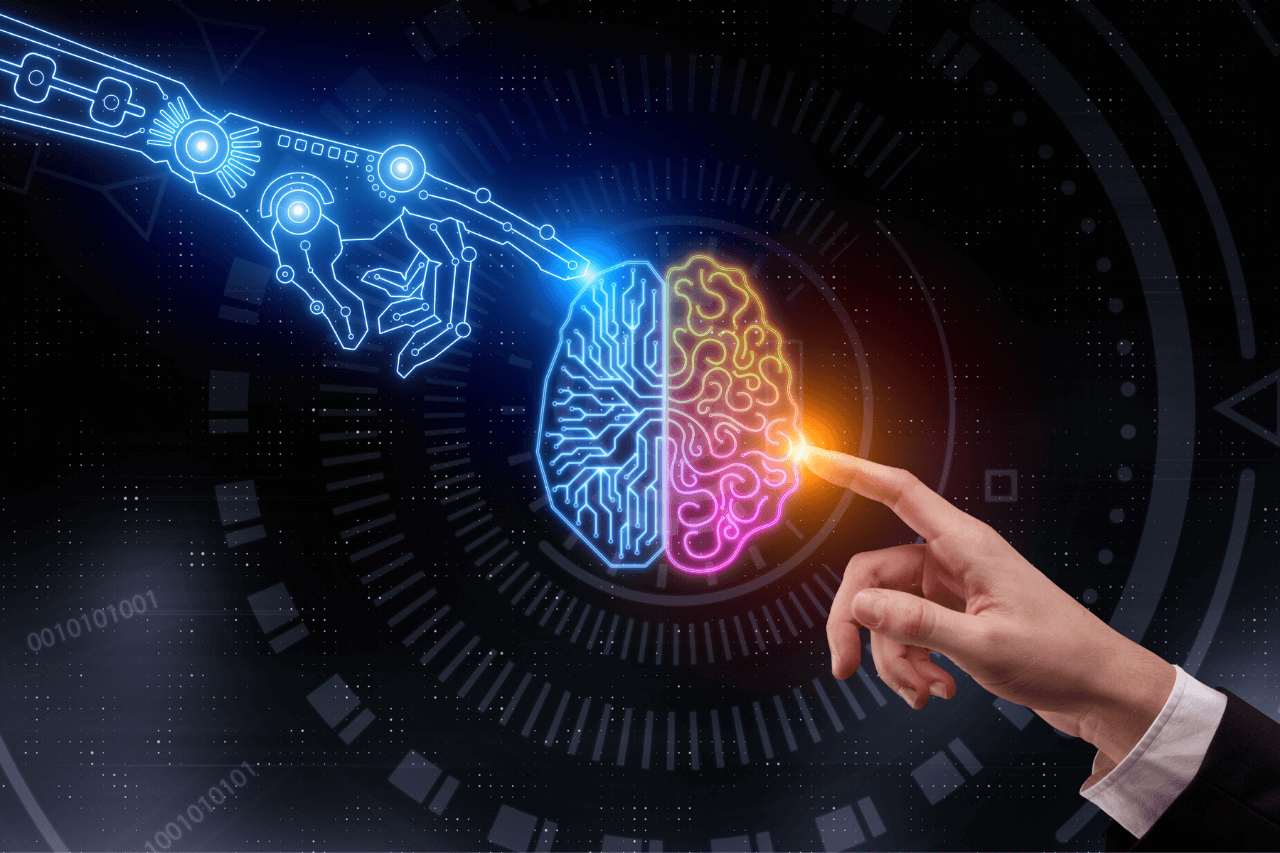Technology: AI is fast becoming the buzzword of 2021. After Cloud Computing or Big Data, this old term is therefore married to all the sauces. But for you, in business, what does AI mean? Here are some definitions and background elements to see it more clearly.
“In the light of the intelligent transition, companies will undergo a major transformation. The necessary movement towards the intelligent transition requires prioritizing the allocation of the company’s resources to innovate and invest in artificial intelligence, to maximize creation value and optimize risk management “. The Cigref guide entitled Governance of Artificial Intelligence in companies – managerial, legal, and ethical issues, dated September 2016, does not go all the way. AI will revolutionize the business, from IT to Businesses.
Table of Contents
What is Artificial Intelligence?
According to ISO 2382-28, Artificial Intelligence is the “ability of a functional unit to perform functions generally associated with human intelligence, such as reasoning and learning”. But there are of course many definitions of artificial intelligence that stick with the AI timeline.
If from 1950 Alan Turing imagines the famous test of the “imitation game” (confronting a computer with a human without the latter knowing whether he is dealing with a machine or a human); the term artificial intelligence appeared in 1956 during a seminar on cybernetics (Dartmouth congress), as did the definition of what an intelligent machine is: a machine capable of reproducing human behavior in a specific domain or not and at the same time a machine capable of modeling the functioning of a human being.
The fact remains that Artificial Intelligence is now a name that brings together many processes and various applications. To the point of becoming in recent months a very useful marketing tote for any supplier to inexpensively “renovate” their product and software line. In fact, Artificial Intelligence is essentially broken down into two areas: Machine Learning and Deep Learning.
What is Machine Learning?

Machine Learning “brings together algorithms that learn from examples, from data” mentions the Cigref guide. This makes it possible to “predict values from data sets which serve as an example”. Consequence: the grade of the result depends on the quality of the data supplied to the learning system.
Business advice: take care of your data if you want to try your hand at machine learning.
In detail, Aurélien Géron, YouTube product manager at Google, distinguishes 4 types of machine learning.
- Supervised Learning (supervised learning), which provides examples to learn the system and provides the right answer. This type of Artificial Intelligence (AI) is used to identify video content, predict the selling price of a house based on history, or even predict medical risks.
- Learning Unsupervised (unsupervised learning), is to provide many examples to the system, but this time without giving good answers. What to teach the machine to group customers by affinities, to detect anomalies (bank fraud), or to detect correlations (to put two products side by side in a store shelving for example).
- Semi-supervised Learning (semi-supervised learning) is to provide many examples to the system, and the right answer for some of them. Enough to allow Facebook or Google
- to “recognize” people in the photos you host by these services.
- Reinforcement learning allows a system to develop in a physical (we speak of a robot) or virtual environment. The system improves with punishments and rewards. This is how a robot learns to walk alone, or a bot in a video game improves.
What is Deep Learning?

Deep Learning is based on the ability of a technology to learn from raw data. Word processing, facial or voice recognition; the applications are numerous.
Yann LeCun and Geoffrey Hinton are the two great specialists in this field, which uses neural networks, inspired by biological neurons. While these digital neurons can be connected in various ways, neural networks are in most cases made up of overlapping layers. The neural network is trained to recognize the content of an image. Depending on the result, the “connection strength” between each neuron is corrected. Thus, the neural network is perfected until it no longer makes a recognition error.
“Deep Learning is very powerful but also very expensive” assures the Cigref guide. “It should be kept for the most extensive classes and use other machine learning algorithms which can lead to a sufficient result at a lower cost.”
Weak or Strong AI?
It should also be noted that artificial intelligence projects that are experiencing current concrete achievements are defined as weak artificial intelligence projects. This means that the artificial intelligence created by Deep Learning or Machine Learning is focused on a specific task.
Weak AI is opposed in this context to strong or general AI, which would then be an artificial intelligence endowed with consciousness, sensitivity, or mind, or even a machine capable of applying intelligence to any problem.
How quickly does an AI learn?
“The training time of a single-function deep learning system is counted as a minimum in hours or days, or even weeks, as with image recognition for the interpretation of medical imagery. What is more, AI does not train on its own. It requires a lot of iterations with human intervention “explains Olivier Ezratty. “The notion of self-learning systems in machine learning is a view of the mind.” Hence the use of data scientists to carry out tests and supervise the learning systems.
What are the new professions of AI?
Cigref targets three professions that are particularly concerned by “the intelligent revolution”: Algorithmic professions, data management, programming. Beyond these professions located at the heart of the data, the professions will have to learn to use AI tools at various levels. This leads in addition to the implementation of AI projects important change management programs.
Implementing AI in business, what good practices?

Cigref’s 10 recommendations for setting up AI projects in the company:
- Allocate a dedicated budget for AI
- Switch to Internet 4.0: AI, predictive algorithms
- Hire a roboticist in IT teams to switch to 4.0
- Develop machine learning systems
- Follow the tutorials of TensorFlow (open-source generalist computing framework)
- Develop the API culture internally
- Raise awareness of the professions and functions of the challenges of AI
- Develop a community around AI and discuss
- Eliminate pain points in the company
- Create logical black boxes that keep the AI in memory and have the possibility of destroying it, i.e. erasing all the parks, for the sake of the right to be forgotten







